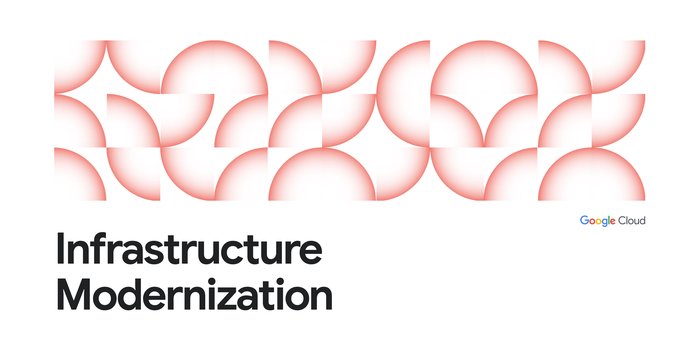Tips and best practices for moving your VMs to Compute Engine
Ron Pantofaro
Solution Architect for Databases
Tom Nikl
Senior Product Marketing Manager, Cloud Migration
When you’re moving to the cloud, it’s important to remember that a migration is not just a single, giant step. It is a journey that involves many smaller steps. At Google Cloud Platform (GCP), we’ve developed guidance and best practices for migrating VMs to GCP that we’re sharing here. Note that for this guide and blog post, we’re focused specifically on migrating VMs to Google’s Compute Engine. Read on for more on the benefits of GCP and best practices for migrating.
Why migrate to Compute Engine?
As you probably know, all of the VMs you’re migrating require computing resources along with other services that make applications work, such as databases, messaging, and analytics. As you consider where to run these VMs, here are the primary benefits of running them on Compute Engine:
Cost reduction. With sustained use discounts on Compute Engine VMs, costs can be significantly lower than managing hardware or virtual machines in a traditional data center. When migrating from a different cloud to GCP, you can take advantage of those same pricing advantages.
Agility. Most customers see an immediate improvement in agility because you can create virtual machines almost instantly and don’t have to wait for resources to be acquired and provisioned. You can quickly spin up new applications, experiment with them, and turn them off as necessary.
Reduced overhead. Data centers usually require many different vendors, each with their own relationship, billing model, and contracts. Moving to the cloud can significantly reduce that overhead. Your staff no longer have to deal with the management overhead of running a data center and can focus on what makes your business thrive.
Once you’ve picked Compute Engine as your migration target, what are some other things you need to consider for your migration journey? We’ll outline some of them here.
Calculating the costs
Before you move any VMs, you’ll want to calculate the cost of the move. This means evaluating the cost of what you are currently running in your data centers or existing cloud environments. You can learn about cost management and which partner can best meet your needs in GCP’s VM migration center.
Assessing the VMs to migrate
After you have evaluated the cost of the move, you can start looking at which VMs to migrate. In modern enterprises, there are many different kinds of applications running on VMs, and it usually doesn’t make sense to move all of them together at the same time to the cloud. Doing this well often requires a thorough assessment, which GCP currently offers at no cost.
Designing the migration
When you have decided which VMs to move, you need to design your cloud environment before you move anything. The first step is to find out how your current environment compares to GCP. Then you can start planning what your environment should look like on GCP. Below are some of the steps to getting started down your migration path.
Establishing governance
You need to establish who in your company can have permission to create, access, modify, and destroy cloud resources. You must also determine how resources will be paid for. You can find guidance in the IAM best practices documentation.
Creating a network
Before you move any VMs, the network they migrate to must exist. Similar to permissions and accounts, it’s important to create this network in advance, because establishing procedures after applications are in flight can be difficult.
Planning for operations
When you do have your VMs running in the cloud, you need to monitor them, retain logs, and operationally manage them, just as you would in any system. You must think about these operations when you’re doing your advanced planning to make sure there aren’t any surprises after migrating.
Migrating VMs to the cloud
Finally, you should migrate your first VMs. The first migration will serve as your template for future migrations. You will surely refine your process as you do further migrating, but it’s important to record everything you do in the first migration in particular.
Velostrata, Google Cloud’s migration tool, gives users a way to migrate VMs to Google Cloud Platform quickly, safely, and at scale. Velostrata uses streaming technology to reduce migration time, provides right-sizing recommendations before you migrate to help you choose appropriate instance types, and provides built-in testing and rollback (when needed). Velostrata is also free to use for customers migrating to GCP.
These tips offer a quick look at what you should think about before migrating VMs to the cloud. For much more detailed guidance, check out this guide to best practices for migrating VMs to GCP.



